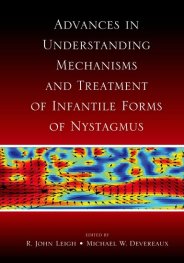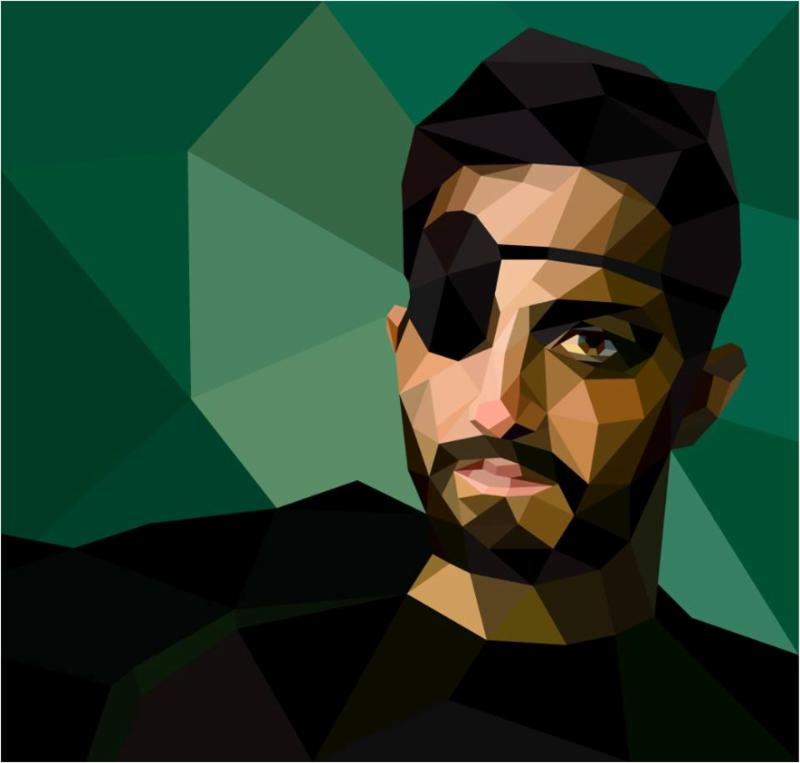The Cornelius Brothers and Sister Rose were talking about the feeling of falling in love when wanting to be with someone at least 10 times a day. What quantity is a fair descriptor of an emotion? What if a feeling were to occur at least 100 times a day? That was the number of times that our patient related in Part 3 was told by her strabologist to do “eye stretches”, and she was not in love with the idea.
 We’ve written before about how doing eye stretches can help re-orient pulley mechanisms, mechanoreceptors, and proprioceptive feedback. But merely telling someone that they have to do a procedure repeatedly without any feeling or understanding is tantamount to telling someone with CI that all they need to do is pencil push-ups for at least 10 times per day. Or perhaps 100. If you can’t converge well enough, practice converging more. If you can’t maintain single vision when looking leftward, practice looking leftward more. Although there is no “evidence-based medicine” for this, the strabologist was confident in telling the patient that the situation he created would be adequately addressed this way.
We’ve written before about how doing eye stretches can help re-orient pulley mechanisms, mechanoreceptors, and proprioceptive feedback. But merely telling someone that they have to do a procedure repeatedly without any feeling or understanding is tantamount to telling someone with CI that all they need to do is pencil push-ups for at least 10 times per day. Or perhaps 100. If you can’t converge well enough, practice converging more. If you can’t maintain single vision when looking leftward, practice looking leftward more. Although there is no “evidence-based medicine” for this, the strabologist was confident in telling the patient that the situation he created would be adequately addressed this way.
 The compilation I’ve been referring to, a book co-edited by Leigh and Deveraux, has an entry by Poonyathalang et al on the Effect of Eye Exercise on Clinical Outcome of Noncompressive Ocular Motor Nerve Palsy that hints at this. As background, the authors note that patients with extraocular muscle paralysis are often frustrated by double vision and related functional vision problems. Some patients are also distressed with dizziness and nausea. Occlusion of one eye, prisms, or botulinum toxin have been recommended. Covering one eye eliminates binocular stereopsis and one half of the visual field interfering with activities of daily living, yet it remains the most commonly recommended approach. It was what Cavin Balaster experienced initially before he found his way to optometric vision therapy. It is an area of practice that ophthalmology not only trivializes, but actively dissuades patients such as ours from undertaking.
The compilation I’ve been referring to, a book co-edited by Leigh and Deveraux, has an entry by Poonyathalang et al on the Effect of Eye Exercise on Clinical Outcome of Noncompressive Ocular Motor Nerve Palsy that hints at this. As background, the authors note that patients with extraocular muscle paralysis are often frustrated by double vision and related functional vision problems. Some patients are also distressed with dizziness and nausea. Occlusion of one eye, prisms, or botulinum toxin have been recommended. Covering one eye eliminates binocular stereopsis and one half of the visual field interfering with activities of daily living, yet it remains the most commonly recommended approach. It was what Cavin Balaster experienced initially before he found his way to optometric vision therapy. It is an area of practice that ophthalmology not only trivializes, but actively dissuades patients such as ours from undertaking.
The rationale for what the surgeon told the patient who he converted from exotropia to esotropia with underaction of the left lateral rectus when looking leftward is provided in the short chapter by Poonythalang et al which you can read in its entirety here. Although the authors are referring to ocular motor nerve palsies due to nerve input signaling problems rather than induced palsies secondary to eye muscle surgery, the concept is the same. Use of the finger when doing eye stretches presumably provides strong visual and somatosensory feedback, along with the corollary discharge of the motor command (efference copy) thereby providing a strong cue for the patient to make an appropriate eye movement in the correct direction. In their small study, the only exercise Poonyathalang et al assigned was to move both eyes back and forth, following one of their fingers as it moved slowly in the plane of paresis, 100 times per day every day. Sound familiar?

Back in the dark ages.